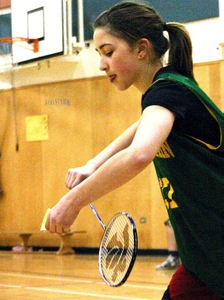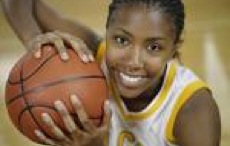
PE YearLy overview

Yearly Goals

Our goals are to foster greater interest and enjoyment especially for those students of a low ability level, to transfer understanding from one game to another, and improve the tactical knowledge of our students in order to create more opportunities and execute their motor skills successfully. We strive to have our students develop their cognitive abilities to make decisions, their physical abilities to play games, their attitudes to try new things, and to focus on the game and not what others think of them. The idea is not to win or lose; it is to build a foundation for a physically active lifestyle.
BC MINISTRY OF EDUCATION IRP’S:
CHARACTERISTICS OF A QUALITY PHYSICAL EDUCATION PROGRAM
Quality physical education programs are structured so that the duration, intensity, and frequency of activities motivate students and meet their individual needs. When appropriate, students participate in the selection of activities from all movement categories. All students are given equal opportunity to participate in a balanced physical education program. It is intended that a quality physical education program will:
• foster the development of positive attitudes
• foster active participation
• require problem-solving skills
• recognize the difference in students’ interests, potential, and cultures
• develop personal and career-planning skills
The Development of Positive Attitudes
Students are exposed to experiences that encourage them to enjoy and value physical activity and its effect on lifelong health and well-being. They are encouraged to explore, take risks, exhibit curiosity, work with others co-operatively, and achieve a personal functional level of physical fitness. All movement experiences provide opportunities for the development of positive personal and social behaviours.
Active Participation
Learning experiences in physical education provide maximum activity and participation time for every student. During group work, every opportunity is made to ensure that each student has an active role in the learning activity.
Problem-Solving Skills
In order to develop decision-making and problem-solving skills, students are challenged to identify and investigate problems, find active ways to solve them, and represent solutions in a variety of ways.
Diverse Student Characteristics
Selection of learning activities, equipment, and materials reflect students’ diverse characteristics. Cultural heritage, gender, special needs, and a variety of interests are examples of characteristics to be considered when planning learning opportunities.
Personal and Career-Planning Skills
Wherever possible, a physical education program should connect students to what is happening in the community and the workplace. Students should be provided with opportunities to explore careers related to physical activity and develop basic employability skills, including teamwork, problem solving, leadership, and effective communication. The diagram on the next page outlines the framework used to develop the physical education curriculum.




Group Members
Alice Malthouse
Winona Johnston
Terri shortill
Amanda Teanor

Units




